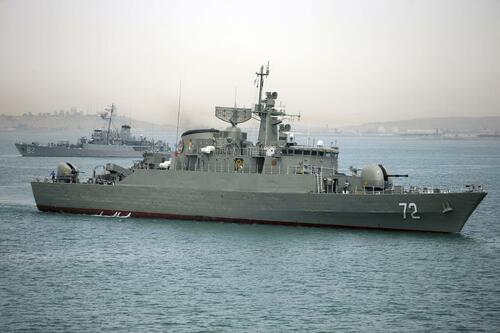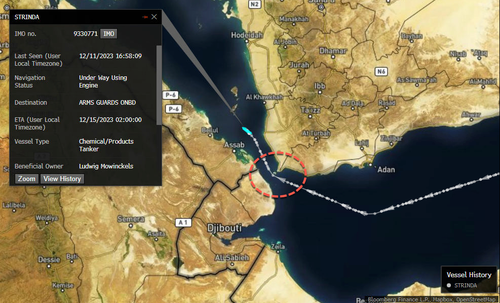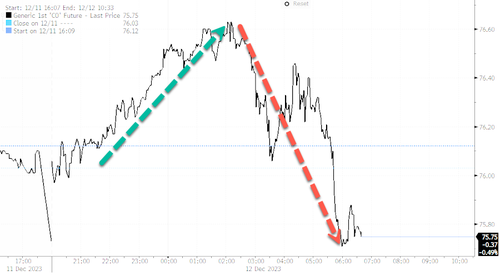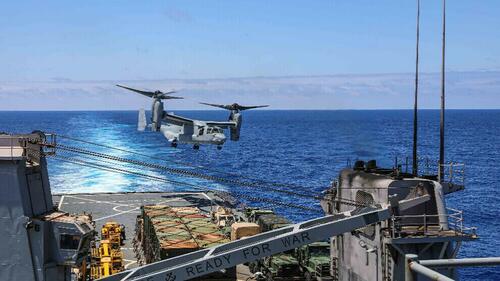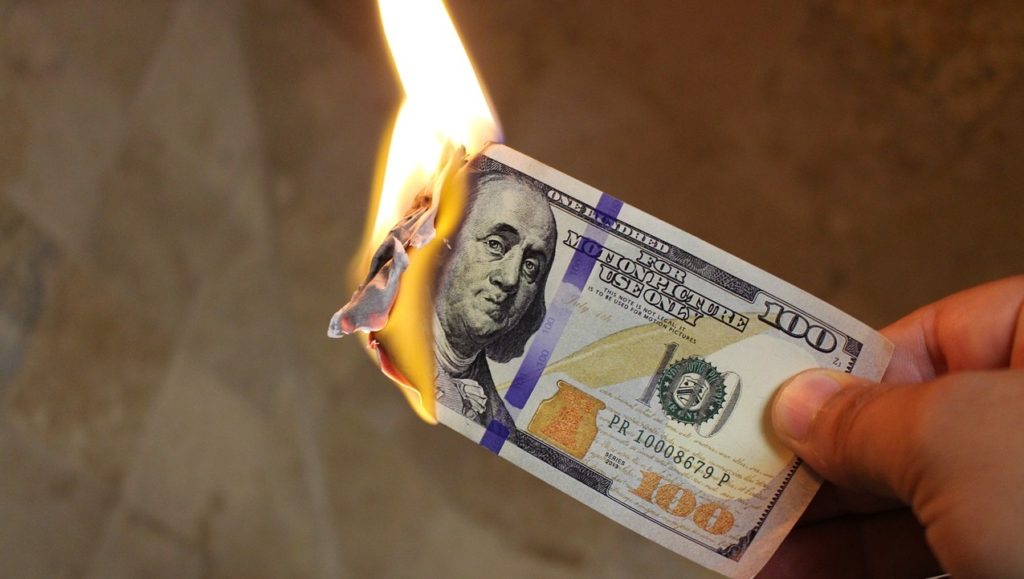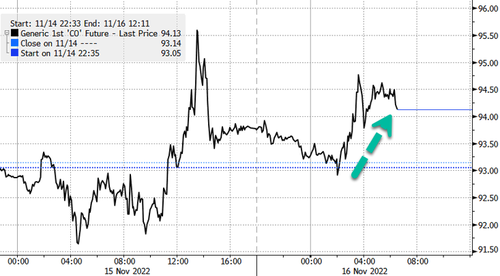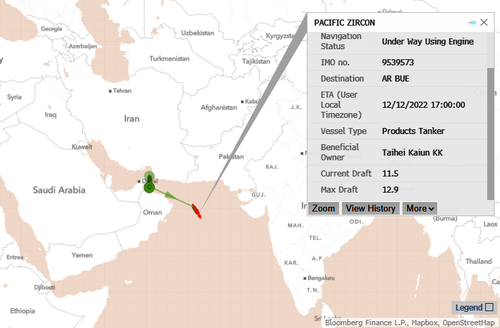The Finance Committee in the Iraqi parliament made a statement on 31 January calling for the sale of oil in currencies other than the US dollar, aiming to counter US sanctions on the Iraqi banking system.
“The US Treasury still uses the pretext of money laundering to impose sanctions on Iraqi banks. This requires a national stance to put an end to these arbitrary decisions,” the statement said.
“Imposing sanctions on Iraqi banks undermines and obstructs Central Bank efforts to stabilize the dollar exchange rate and reduce the selling gap between official and parallel rates,” it added.
The Finance Committee affirmed its “rejection of these practices, due to their repercussions on the livelihoods of citizens,” and reiterated its “call on the government and the Central Bank of Iraq to take quick measures against the dominance of the dollar, by diversifying cash reserves from foreign currencies.”
Washington imposed sanctions on Iraqi Al-Huda Bank this week, under claims of laundering money for Iran. Several other banks have been hit with similar sanctions over the past year.
The statement came the same day a senior US Treasury official said Washington expects Baghdad to help identify and disrupt the funds of Iran-backed resistance factions in Iraq.
“These are, as a whole, groups that are actively using and abusing Iraq and its financial systems and structure in order to perpetuate these acts and we have to address that directly. Frankly, I think it is clearly our expectation from Treasury perspective that there is more we can do together to share information and identify exactly how these militias groups are operating here in Iraq,” the official stated.
…click on the above link to read the rest…


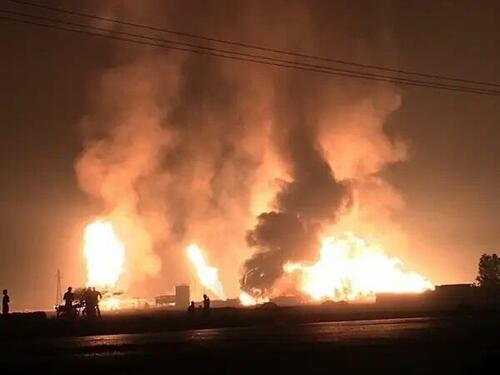
 (Photo credit: INA)
(Photo credit: INA)
